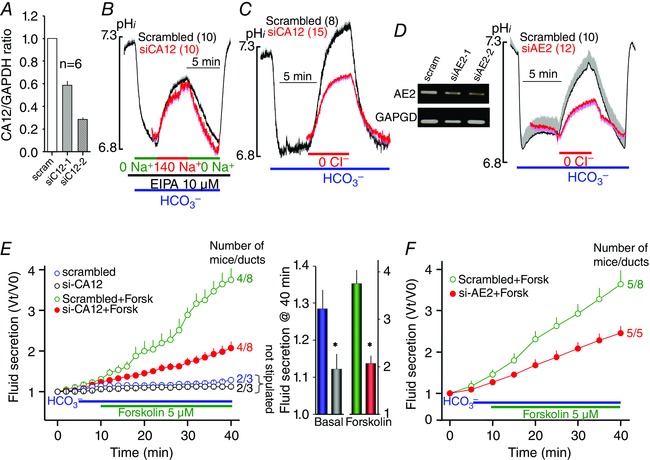Figure 6. Role of CA12 in pancreatic duct NBCe1‐B and AE2 activity and fluid secretion .

A, the efficiency of 48 h treatment with two siRNA duplexes in reducing CA12 mRNA expression in sealed pancreatic ducts. B–D, sealed pancreatic ducts were treated with scrambled siRNA (black traces) or siRNA targeting CA12 (B and C) or AE2 (D) for 48 h and were used to measure Na+–HCO3 − cotransport (B) or Cl−–HCO3 − exchange activity (C and D), as in Figs 4 and 3, respectively. The blot in D shows the effect of two siRNA duplexes in reducing AE2 mRNA expression in sealed pancreatic ducts. The blot is one of two similar experiments. The traces are the means ± SEM of the number of ducts listed in parenthesis next to the traces. E and F, sealed pancreatic ducts were treated with siRNA duplexes 2 of CA12 (E) or AE2 (F) and used to measure fluid secretion in response to stimulation with 5 μm forskolin (red green trances) or kept unstimulated (black blue). * denotes p < 0.05 with respect to scrambled siRNA. E, the 40 min secretion in the form of columns to better show inhibition of basal secretion by CA12(E143K). The results are means ± SEM of the number of experiments indicated next to the traces (second number) obtained from the indicated number of mice (first number).
